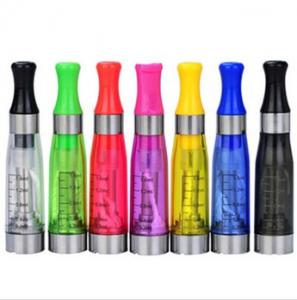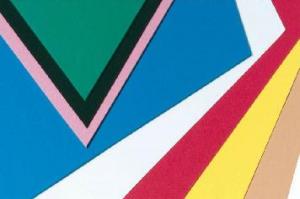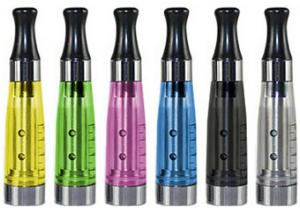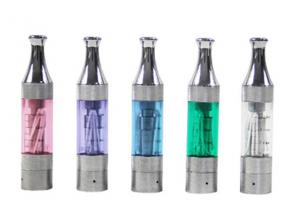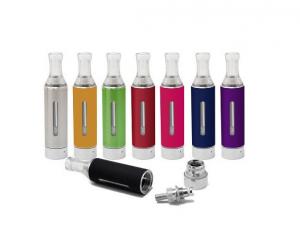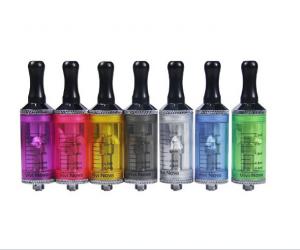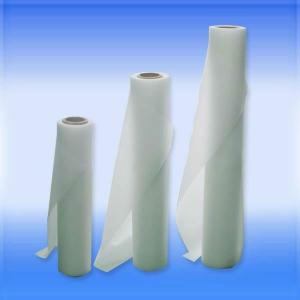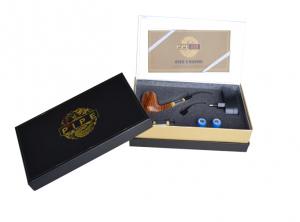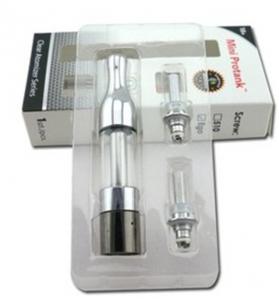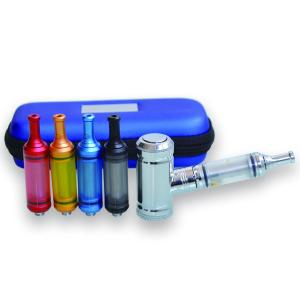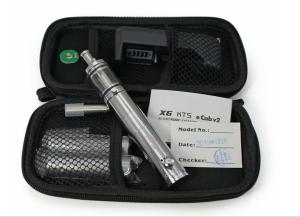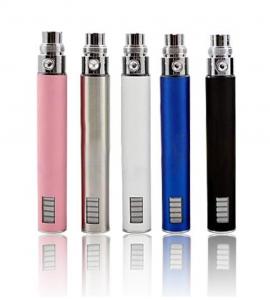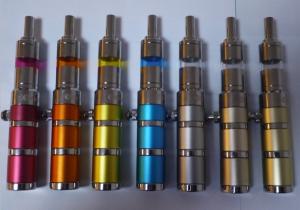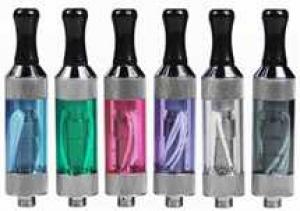E Vitamin
E Vitamin Related Searches
E Vitamin Supplier & Manufacturer from China
E Vitamin, also known as Vitamin E, is a group of fat-soluble compounds that play a crucial role in various biological functions. These compounds include tocopherols and tocotrienols, which are essential for maintaining healthy skin, supporting the immune system, and acting as antioxidants. Vitamin E is commonly found in a variety of food sources such as nuts, seeds, and vegetable oils, and is also available in supplement form for those who may not get enough through their diet.The application and usage scenarios for E Vitamin are vast, making it a popular choice for both individuals and industries. In personal care and cosmetics, Vitamin E is often incorporated into products such as creams, lotions, and serums due to its antioxidant and moisturizing properties. It helps to protect the skin from environmental damage and promotes a healthy, youthful appearance. Additionally, Vitamin E is used in dietary supplements to support overall health and well-being, particularly in maintaining a robust immune system and reducing the risk of chronic diseases.
Okorder.com is a reputable wholesale supplier of E Vitamin, boasting a large inventory to meet the diverse needs of its customers. The company prides itself on offering high-quality products at competitive prices, ensuring that businesses and individuals have access to the essential nutrients they require. With a commitment to customer satisfaction and a focus on maintaining a broad range of products, Okorder.com stands out as a reliable source for E Vitamin and other vital supplements.
Hot Products

